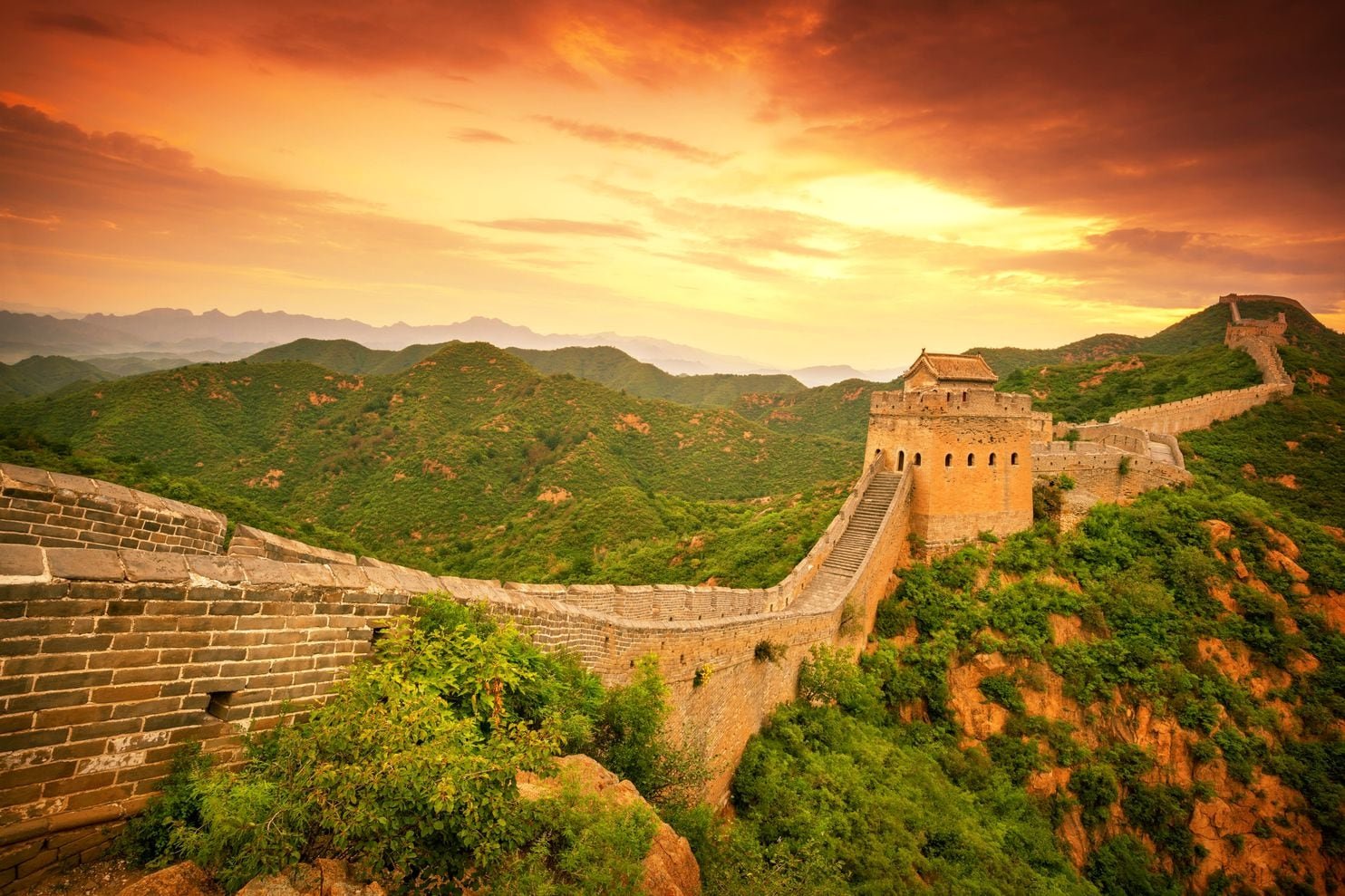Journey back in time to one of the world’s most iconic architectural marvels, the Great Wall of China. Spanning thousands of miles across rugged terrains, this awe-inspiring structure stands as a testament to human perseverance and the desire to protect one’s homeland. In this captivating exploration, we delve into the historical significance of the Great Wall and unravel the enduring legend behind its construction.
The construction of the Great Wall of China began over two thousand years ago during the reign of China’s first emperor, Qin Shi Huang. Its primary purpose was to defend the Chinese dynasties from the relentless invasions of the Mongolian Empire. The Mongolians, led by fearsome conquerors like Genghis Khan and later Kublai Khan, posed a constant threat to the stability and sovereignty of China.
Stretching across vast landscapes, the Great Wall served as a formidable line of defense, offering protection to the Chinese states against the Mongol invaders. The wall’s strategic positioning, built along the northern borders of China, acted as a physical barrier, hindering the Mongolian forces’ advances into the heartland of the Middle Kingdom. Its sheer scale and architectural brilliance served as a powerful deterrent, instilling a sense of security among the Chinese people.
The Great Wall’s construction was a monumental undertaking, involving the labor of countless workers and utilizing a range of building materials, including stone, earth, wood, and brick. It was a symbol of unity and national pride, as people from various regions came together, driven by a common goal: to safeguard their homeland against the Mongolian threat. The wall’s construction spanned centuries, with successive dynasties adding their own sections and fortifications to reinforce its strength.
Beyond its military function, the Great Wall of China also played a vital role in facilitating trade, communication, and cultural exchange. Along the wall’s vast expanse, watchtowers, fortresses, and garrison stations provided crucial checkpoints for the movement of goods and information. This amalgamation of security and connectivity fostered economic development and cultural integration between different regions of China.
The Great Wall of China stands as an enduring symbol of the Chinese people’s determination to protect their land and preserve their rich heritage. Its construction was a testament to the unwavering spirit and resilience of the Chinese dynasties in the face of relentless Mongolian invasions. While time has weathered its walls and faded its glory, the Great Wall’s legacy endures, reminding us of the indomitable human spirit and the lengths we go to safeguard our cherished homeland.
So, as you gaze upon the ancient stones that weave this magnificent structure, let the Great Wall of China inspire you with its tales of valor, unity, and the unyielding pursuit of protection against the Mongolian Empire.
The Great Wall of China stands as a testament to human ingenuity, stretching across vast landscapes with awe-inspiring magnificence. It not only served as a formidable defense but also symbolizes the united spirit of the Chinese people, who worked together to build and protect their homeland for centuries.









